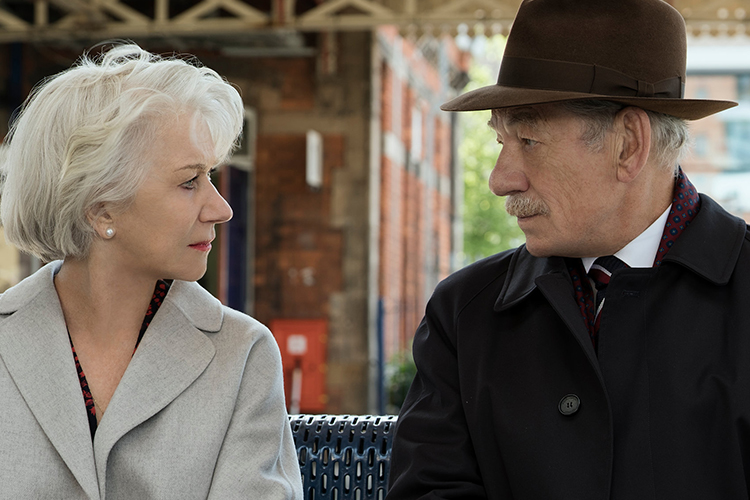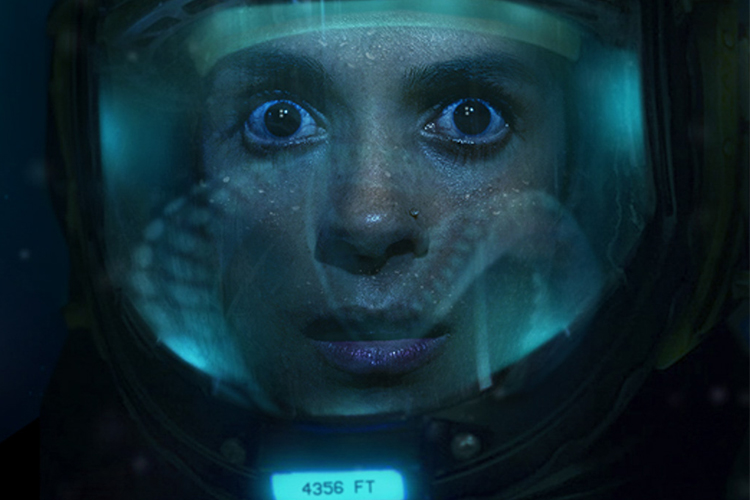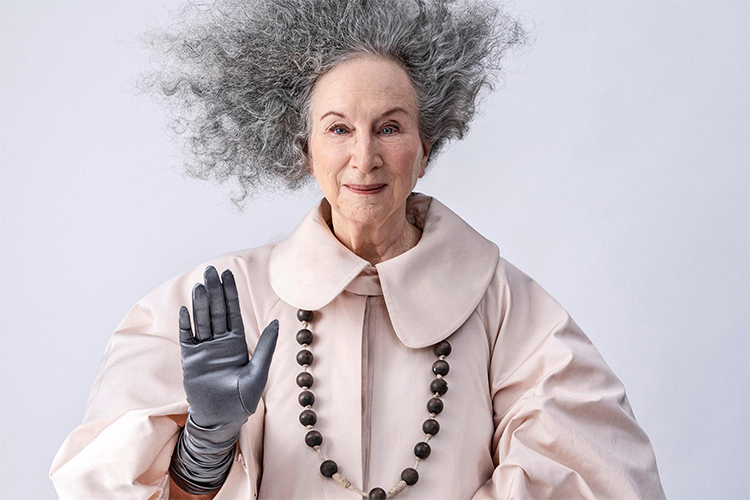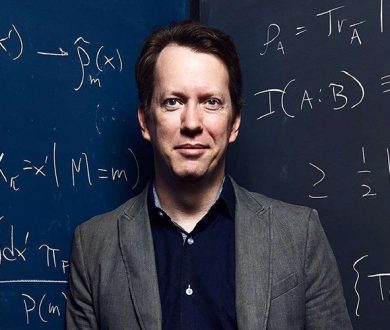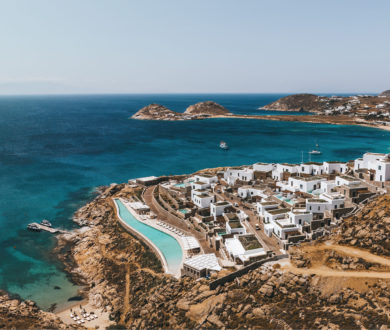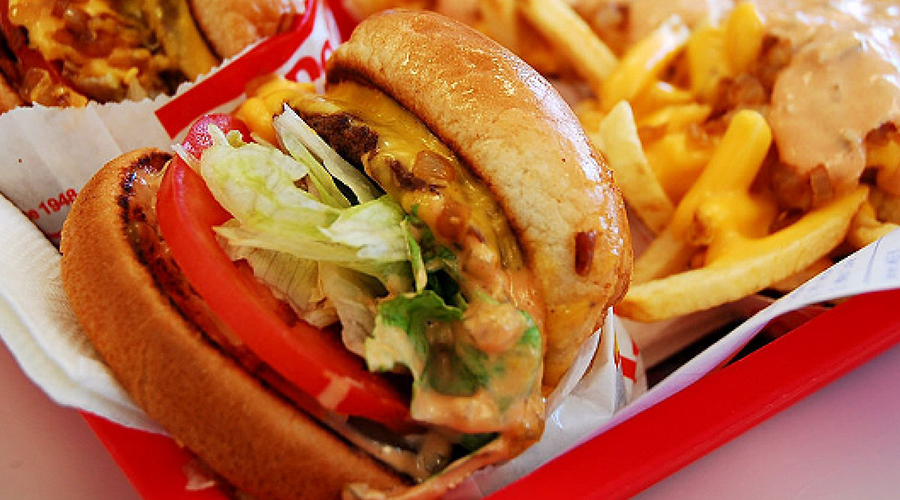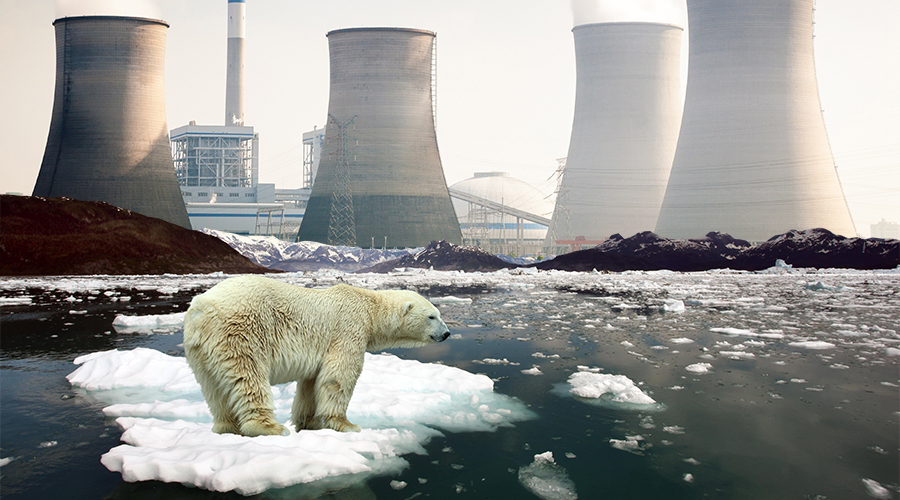“Humans are to blame” — James Renwick
James Renwick is a lead author for the IPCC and a weather and climate researcher and Professor of Physical Geography at Victoria University.
The majority of the population recognises Climate Change and Global Warming, as common parlance, but few are certain of what they truly mean. One of many avid researchers trying to change this is James Renwick, a climate and weather researcher, and Professor of Physical Geography at Victoria University, who has studied the happenings of our planet for over 30 years.
Renwick puts it simply: the term Global Warming comes from the fact that the globe is, literally, warming. Yet Climate Change is a more commonly used expression because it serves as an umbrella term for the entire scope of the issue, generally referring to the rising temperature’s knock-on effects — including the change in seasons, weather systems, and ice numbers.
The fact that the world’s climate is changing is evident, and, in terms of the composition of the atmosphere, we are in a completely unprecedented state. Indeed, whether you are a climate researcher or not, the evidence is compelling. Global temperatures, according to Renwick, “have risen about one degree in the past 100 years,” while periods of abnormally hot weather are swiftly becoming commonplace. This year’s record-breaking heatwaves in Europe are a testament to that alone, while melting ice caps and forest fires in unusual places (Norway’s rampaging fires have been fuelled by the country’s lack of rain and rising temperatures) can hardly be ascribed to normal Earthly behaviour.
A subject that’s a little more up for debate is not whether or not Climate Change is happening, but why. Something which, if Renwick is anything to go by, is blindingly obvious. “There’s nothing going on in the natural world, beyond what humans are doing, that can explain why the globe is warming up,” he states, going on to describe how the temperature and the climate are only sensitive to two things: the brightness of the sun and greenhouse gases. Researchers like Renwick “know that the sun isn’t getting brighter, and we also know that carbon dioxide concentrations are almost 50 percent higher now than they were 100 years ago.” It’s basic physics, he says, that the gases we produce from burning fossil fuels absorb heat and warm the Earth, so there’s no escaping the notion that if we burn more fossil fuels, and add more greenhouse gases to the air, then temperatures are only going to skyrocket further.
It is a big claim to make, attributing the entire changing of the Earth to human behaviour alone. But, the evidence is irrefutable and is widely accepted by the research community. So much so that the last report in 2013 produced by the IPCC — the Intergovernmental Panel on Climate Change — stated that there is at least a 95 percent chance that most of the warming since the middle of the 20th century can be attributed to humans producing greenhouse gases. It’s not quite 100 percent, explains Renwick, “because there are a few natural events going on” that make a difference over decades, but it is humans that remain an extremely likely cause.
In regards to the future of our planet, if we continue to carry on producing greenhouse gases at the rate that we are currently, we would have put enough C02 in the atmosphere by 2030 to guarantee one and a half degree warming, and enough by 2040 to guarantee a two degree warming.
It would take another five to ten years for the temperatures to rise to those levels, but they would be locked in by 2030 and 2040, if we do nothing to reduce emissions. For New Zealand specifically, this would bring a whole host of issues. Not only would we be looking at far warmer temperatures and drier conditions in the summer — which in turn would exaggerate the risk of forest fires — but rising sea levels would mean that those living on the coast may need to retreat inland, a potential financial disaster for those who have sunk their savings into waterfront homes or baches.
High tide lines, according to Renwick, will be 50 or 60 more metres inland by the end of the century. He warns of many public health dangers too, explaining how, as the climate becomes more tropical, the country will be able to cater to more tropical pests that are capable of bringing a whole raft of new diseases.
On a global scale, not only can we expect rising sea levels and hotter days, but far more extreme weather incidents, too. Tropical storms like cyclones, hurricanes and typhoons will rampage harder and longer,
as they, explains Renwick, will be able to feed off the rising energy and temperatures.
It’s a scary future we’re possibly facing, but one that doesn’t necessarily have to come to fruition. To stop the Earth’s temperatures at 1.5 degrees, Renwick explains, “we need to halve the rate of emissions globally by 2030, before arriving at zero emissions by 2050.” It sounds like a difficult feat, but it isn’t an impossible one. “It’s simple, really. As soon as we stop emitting greenhouse gases, the climate will stop changing. There will be a bit of a lag, and we might get another tenth of a degree, but the warming would stop in a decade or so.” And there’s nothing stopping us, he attests, as we already have the solutions. “We have the technology already, as far as solar panels and things go,” he explains, “we just need the political will.”
Above all, Renwick is adamant that we have the power to stop Climate Change. It is a very real, very serious problem, with “the potential for disaster around the world” being huge, but one that can be avoided if we just pull our heads out of the sand. The future of the planet is undeniably in our hands and it’s time, Renwick explains, that we took action.
“It’s a natural cycle” — Doug Edmeades
Dr Doug Edmeades, MSc (Hons), PhD. Dip Management, ONZM — prominent soil scientist and head of agKnowledge Ltd.
Edmeades, a prominent soil scientist and Officer of the New Zealand Order of Merit — whose accolades include an ANZAC Fellowship, an Arthur Yates award and a Landcorp Communicator of the Year award, amongst others — is a Climate Change sceptic, part of a wider scope of sceptics called the Climate Change Coalition.
He doesn’t refute Climate Change itself as the process is evident whether you are a scientist or not. Rather, he is unconvinced that the reason for the rise in global temperatures is down to the activity of humans, more specifically, human-produced greenhouse gases. The reasons why he is sceptical about this hypothesis (despite it being widely accepted as true), are vast and varied, and contain a huge amount of what he dubs, “serious science.” Here, we delve into a few of them.
First of all, Edmeades explains, the climate has always changed. “These changes took place long before man was on the planet, and long before he learned about coal and oil,” he says, describing how, while this does not disprove the current global warming hypothesis, it does strongly suggest there are other mechanisms at play that are controlling the global temperature.
This includes, according to Edmeades, the sun. “In our recent past the world has been warmer — with the Medieval Warm Period between 950-1250 — and colder — via the Little Ice Age, which took place between 1700-1850 — than it is today.” In the last 100 years we have been emerging from the Little Ice Age and thus, the temperature warming, ice caps melting and sea levels rising over the past hundreds of years are all consistent, as far as Edmeades is concerned, with the natural cycle of our planet.
In regards to recent temperatures, Edmeades is adamant that there is nothing new to report. “Our best measurement of the temperature on earth isn’t from land-based thermometers, it’s from the satellites which run around the world going over the water and the land. This data shows no significant warming in the last 20 years.”
Now, if you talk to those who believe in human-induced Climate Change — and Edmeades has — they will say that you need at least 20 years of data before you can determine what the climate trend is over time. If the recent data does, in fact, say that there has been no statistically significant warming in the last 20 years — despite an increase in global CO concentrations — that would then correlate with Edmeades’ theory that we have been coming out of the Little Ice Age, and that process has now peaked.
This is one of many points that Edmeades makes in his paper, “Is the hypothesis of anthropogenic climate change correct?” (Which can easily be found on the Internet.) A paper which he has sent to people on both sides of the argument — including the media — specifically inviting them to identify flaws in his logic. He is still yet to receive any form of response.
It’s the media, according to Edmeades, that’s partially to blame. In his opinion, it’s the fourth estate that sensationalises Climate Change, often dishing out misleading information to the public. Examples of this can be spotted when watching the news. Surely, you will have seen those TV reports on Climate Change, delivered alongside an image displaying chimneys belching out ominous, thick, white fog. This, according to Edmeades, isn’t an entirely accurate depiction. “Those plumes of gas are not CO, because CO is actually colourless.”
So what about the freak weather events — increasing tornadoes, earthquakes, tsunamis — that get paired alongside Climate Change in news reports, “The IPCC themselves” — the Intergovernmental Panel on Climate Change — “say that there is no relationship between the warming of the planet and the incidents of extreme weather. None whatsoever.”
It is the IPCC, too, that Edmeades doesn’t believe has much credibility. Take the IPCC report of 2001, for example. It claimed that the warming in the late 20th Century was unprecedented and that it was most likely to be due to greenhouse gases. Central to this conclusion was the infamous “hockey stick graph”.
This graph was first published in a 1999 paper by Michael Mann, and later used to shock audiences in Al Gore’s An Inconvenient Truth, and showed how temperatures over the last 2000 years had been steady, until the 20th century when they skyrocketed, thus creating a ‘hockey stick’ shape when displayed on a graph. “This graph has been exposed as a mathematical fabrication,” he explains, “most obviously, it contradicts the existence of the Medieval Warm Period and the Little Ice Age — for which there is ample global evidence.”
Edmeades has tried “damn hard” to get the appropriate academic institutions to look at the issue of Climate Change fairly and squarely, even writing to the Royal Society of New Zealand to ask “whether they would facilitate a proper debate on the subject,” to which they usually respond with a statement saying that they don’t have the time.
Above all, Edmeades is open to being proved wrong, he is a sceptic as opposed to an aggressive denier. “Show me the data that says humans are affecting the normal cycles of warming and cooling on the planet,” he says “and I’ll believe it.” That data, according to Edmeades, is still yet to surface.

















